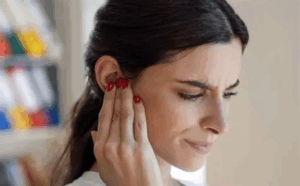When deciding on how to protect your hearing, there are endless options to choose from. It might seem overwhelming, trying to decide which hearing protection is best for you. But don’t worry, we are here to walk you through the different options of hearing protection devices (HPDs).
1. Foam Earplugs
Foam earplugs are among the most widely used hearing protection devices. Made from soft, compressible foam, they expand to fit the ear canal, providing a tight seal that blocks out noise. They’re disposable, cost-effective, and suitable for various noisy environments.
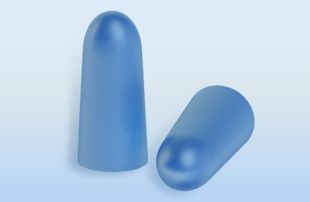
Pros:
- High Noise Reduction Rating (NRR)
- Affordable and widely available
- Disposable, reducing hygiene concerns
Cons:
- May be uncomfortable for extended wear
- Can cause ear irritation in some people
- Not reusable
2. Pre-Molded and Flanged Earplugs
These earplugs are made from materials like silicone or rubber and come in various sizes and shapes to fit different ear canals. They don’t expand like foam earplugs but instead sit snugly in the ear. They have the same effect as turning down the volume on a stereo: the sound intensity is evenly decreased across different pitches.
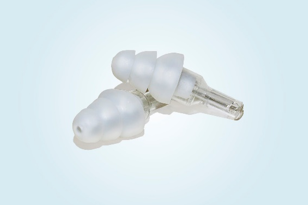
Pros:
- Reusable and durable
- Available in multiple sizes for a better fit
- Less likely to cause ear irritation
- Especially helpful at movies or concerts when you want to appreciate the audio quality while still protecting your hearing
Cons:
- May not provide as high an NRR as foam earplugs
- Must make sure plugs are a proper fit for effectiveness
3. Custom Molded Earplugs
Custom earplugs are made from molds of your ear canals. They’re typically crafted by audiologists or hearing professionals
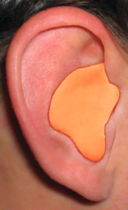
Pros:
- Best comfort and fit
- Variety of colors
- High NRR and effective noise reduction
- Long-lasting
- Reusable
Cons:
- Higher initial cost
- Require professional fitting
4. Earmuffs
Earmuffs consist of padded cups connected by a headband, covering the entire outer ear.
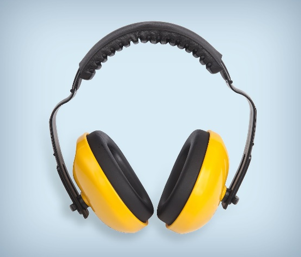
Pros:
- Commonly used in industrial settings and shooting ranges.
- High NRR and effective in loud environments
- Comfortable for extended wear
- Can be worn over earplugs for added protection
- Best for children
Cons:
- Bulkier and less portable
- May interfere with other safety gear
- Can cause discomfort with glasses
5. Canal Caps
Canal caps are similar to earplugs but are connected by a band that rests behind the neck or head.
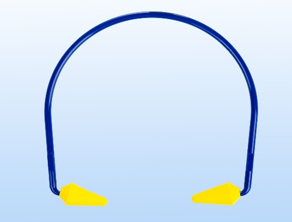
Pros:
- Convenient for short-term use
- Easy to remove and replace
- Suitable for environments with fluctuating noise levels
Cons:
- Lower NRR compared to earplugs or earmuffs
- Not as effective in continuous loud noise
- May not fit securely in all ear sizes
6. Electronic Hearing Protection
These advanced devices use microphones and speakers to amplify soft sounds while blocking loud noises, making them popular among hunters and shooters.
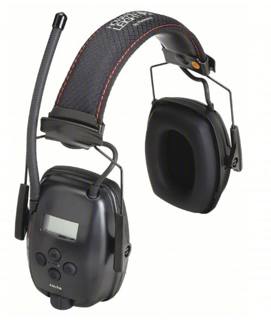
Pros:
- Enhances situational awareness
- Allows communication without removing protection
- Ideal for environments with varying noise levels
Cons:
- More expensive than traditional options
- Requires batteries or charging
- May be bulkier or heavier
Choosing the Right Hearing Protection
Selecting the appropriate hearing protection depends on several factors:
- Noise Level: Higher noise levels require higher NRR devices.
- Duration of Exposure: For prolonged exposure, comfort becomes a priority.
- Environment: Consider factors like temperature, humidity, and movement.
- Personal Comfort: Choose a device that fits well and feels comfortable
In Summary
Protecting your hearing is essential, and selecting the right hearing protection device plays a significant role. Whether you opt for disposable foam earplugs, custom-molded solutions, or advanced electronic earmuffs, ensure they fit properly and are suitable for your specific needs. Regular use and proper maintenance of these devices can help preserve your hearing health for years to come.


